Home>Renovation & DIY>Home Renovation Guides>Who Should Pay For Home Upgrades The Owner Or Tenant
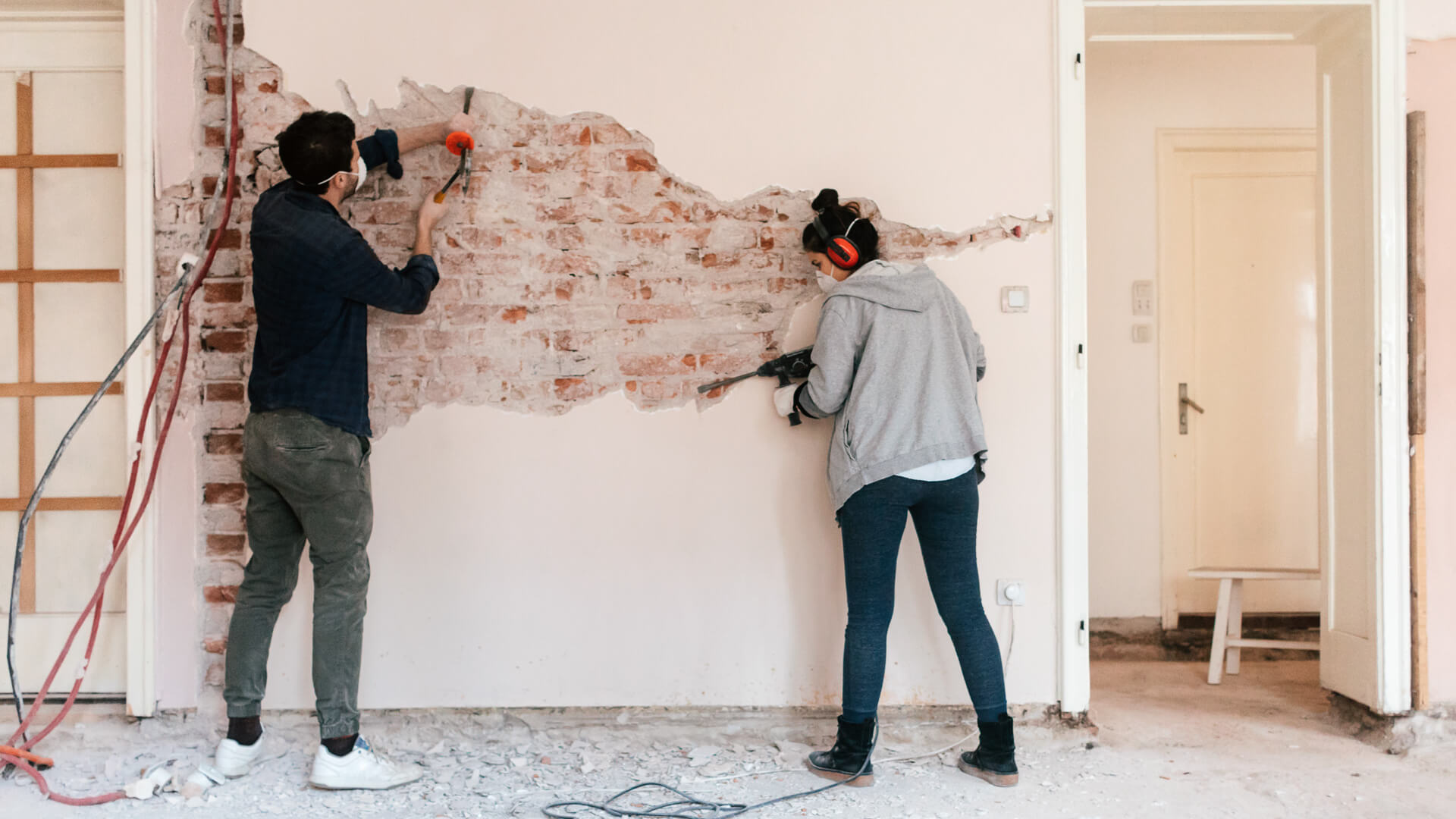

Home Renovation Guides
Who Should Pay For Home Upgrades The Owner Or Tenant
Modified: December 28, 2023
Discover the ultimate guide to home renovations and find out who is responsible for the costs - the owner or the tenant. Get expert advice on navigating this common dilemma.
(Many of the links in this article redirect to a specific reviewed product. Your purchase of these products through affiliate links helps to generate commission for Storables.com, at no extra cost. Learn more)
**
Introduction
**
Embarking on home upgrades can be an exciting yet daunting endeavor. Whether it's a fresh coat of paint, new flooring, or upgraded appliances, enhancing the living space can significantly improve comfort and aesthetics. However, when it comes to shouldering the financial responsibility for these upgrades, a common question arises: who should pay for the home upgrades, the owner or the tenant?
This question often sparks debates and uncertainties, especially in rental properties. Both the property owner and the tenant have vested interests in the maintenance and improvement of the living space. Understanding the dynamics of this shared responsibility is crucial for harmonious landlord-tenant relationships and the overall well-being of the property.
In this comprehensive guide, we will delve into the intricacies of home upgrades and explore the roles and responsibilities of both the owner and the tenant. By shedding light on the factors that influence this decision and providing insights into finding amicable resolutions, we aim to equip you with the knowledge needed to navigate this common conundrum. So, let's embark on this enlightening journey to unravel the complexities of home upgrades and the associated financial responsibilities.
Key Takeaways:
- Home upgrades can improve living spaces, but deciding who pays—owner or tenant—requires open communication and compromise for a harmonious living environment.
- Understanding the nature of upgrades, rental agreement terms, and mutual benefits can lead to fair and sustainable resolutions for financial responsibilities in home upgrades.
Read more: Who Is The Owner Of Millennium Alarm Systems
Understanding Home Upgrades
Home upgrades encompass a wide array of enhancements aimed at improving the functionality, aesthetics, and overall value of a property. These upgrades can range from minor cosmetic changes to major structural renovations, each contributing to the overall appeal and livability of the home.
From a tenant’s perspective, home upgrades can significantly impact their quality of life and satisfaction with their living space. On the other hand, property owners are keen on maintaining and enhancing the value of their investment. Understanding the significance of home upgrades is essential for both parties to appreciate the value they bring to the table.
Home upgrades can encompass various aspects of the property, including:
- Cosmetic Enhancements: These upgrades focus on improving the visual appeal of the home, such as painting, wallpapering, or adding decorative elements.
- Functional Improvements: This category includes upgrades that enhance the functionality and convenience of the living space, such as installing new appliances, upgrading fixtures, or implementing energy-efficient solutions.
- Structural Renovations: These upgrades involve significant alterations to the property’s structure, such as expanding living spaces, remodeling kitchens or bathrooms, or undertaking major repairs.
Each type of upgrade carries its own set of benefits and considerations, and the decision on who should bear the financial responsibility for these upgrades often hinges on the nature and scope of the improvement.
By comprehensively understanding the diverse nature of home upgrades, both owners and tenants can better appreciate the impact of these enhancements on their living experience and property value. This understanding forms the foundation for navigating the complexities of determining financial responsibilities for home upgrades.
Responsibilities of the Owner and Tenant
When it comes to home upgrades, clarifying the responsibilities of the property owner and the tenant is crucial for establishing a clear framework. While the specifics may vary based on the rental agreement and local regulations, certain general principles can guide the delineation of responsibilities.
Owner’s Responsibilities:
As the property owner, the responsibility for maintaining the habitability and structural integrity of the dwelling typically falls on your shoulders. This includes addressing major repairs, ensuring compliance with building codes, and upholding safety standards. Additionally, the owner is generally accountable for long-term investments and structural enhancements that contribute to the property’s overall value.
Tenant’s Responsibilities:
Tenants are typically responsible for maintaining the property in a clean and habitable condition, which may include minor upkeep and cosmetic improvements. However, when it comes to significant upgrades that go beyond routine maintenance, such as appliance replacements or cosmetic renovations, the responsibility can become less clear-cut.
Shared Responsibilities:
In some cases, the responsibilities for specific upgrades may be shared between the owner and the tenant, especially when the enhancements directly benefit both parties. For instance, if the tenant proposes an upgrade that adds value to the property or significantly improves its functionality, a shared financial arrangement may be negotiated to reflect the mutual benefits.
Understanding the distinct responsibilities of the owner and the tenant is essential for navigating discussions regarding home upgrades. This clarity can help prevent misunderstandings and conflicts, fostering a cooperative approach to enhancing the living space.
However, the delineation of responsibilities is not always black and white, and various factors can influence the allocation of financial responsibilities for home upgrades. In the following section, we will explore these factors in greater detail to shed light on the nuances of this decision-making process.
It is typically the responsibility of the homeowner to pay for home upgrades, as they own the property. However, this can be negotiated in the rental agreement, so it’s important for both parties to discuss and agree on who will cover the cost of any upgrades.
Factors to Consider
When determining who should bear the financial responsibility for home upgrades, several factors come into play, shaping the decision-making process. By carefully considering these factors, both the property owner and the tenant can arrive at equitable and mutually beneficial arrangements.
Nature of the Upgrade:
The nature of the upgrade plays a pivotal role in determining financial responsibilities. Cosmetic enhancements, such as repainting or minor décor changes, may lean more towards the tenant’s discretionary expenses. Conversely, structural or functional improvements that contribute to the long-term value and livability of the property may warrant shared or owner-funded investments.
Rental Agreement Terms:
Reviewing the terms of the rental agreement is essential, as it may outline specific provisions regarding home upgrades and maintenance responsibilities. Some agreements may stipulate that certain upgrades require prior approval from the owner, while others may delineate the responsibilities of each party in detail.
Return on Investment:
Assessing the potential return on investment (ROI) of a home upgrade can influence the allocation of financial responsibilities. Upgrades that promise substantial long-term benefits, such as energy-efficient improvements or structural enhancements, may justify owner-funded investments, especially if they enhance the property’s market value.
Duration of Tenancy:
The length of the tenant’s occupancy can also factor into the decision. Long-term tenants who intend to reside in the property for an extended period may have a vested interest in certain upgrades, warranting a collaborative approach to financing these enhancements.
Negotiation and Communication:
Open and transparent communication between the owner and the tenant is paramount. Engaging in constructive dialogue and negotiation can lead to mutually agreeable solutions, especially when it comes to shared upgrades that benefit both parties.
By carefully weighing these factors and engaging in collaborative discussions, the owner and the tenant can navigate the complexities of determining financial responsibilities for home upgrades. Finding a resolution that aligns with the best interests of both parties is key to fostering a harmonious and mutually beneficial living environment.
Finding a Resolution
Arriving at a mutually satisfactory resolution regarding the financial responsibilities for home upgrades requires a collaborative and open-minded approach from both the owner and the tenant. By following a structured process and considering the following steps, a harmonious agreement can be reached.
Assessing Mutual Benefits:
Both the owner and the tenant should assess the potential benefits of the proposed upgrade. If the enhancement offers value to both parties, such as improved energy efficiency or increased property appeal, a shared investment may be the most equitable solution.
Cost-Benefit Analysis:
Conducting a cost-benefit analysis can provide valuable insights into the long-term implications of the upgrade. If the projected benefits outweigh the costs and contribute to the property’s overall desirability, it may warrant a collaborative financial arrangement.
Negotiation and Compromise:
Engaging in open dialogue and negotiation is essential for finding common ground. Both parties should be willing to compromise and explore alternative solutions that accommodate their respective needs and financial capacities.
Documenting Agreements:
Once a resolution is reached, it is crucial to document the agreement in writing, outlining the specifics of the upgrade, the financial responsibilities of each party, and any associated terms and conditions. This formal documentation helps prevent misunderstandings and serves as a reference point in the future.
Seeking Legal or Mediation Support:
In cases where disagreements persist or the resolution proves challenging, seeking legal counsel or mediation services can provide a structured platform for addressing the concerns of both parties and reaching a fair and legally sound agreement.
By embracing a collaborative and solution-oriented mindset, the owner and the tenant can navigate the complexities of determining financial responsibilities for home upgrades. Clear communication, a focus on mutual benefits, and a willingness to explore equitable solutions lay the groundwork for fostering positive and cooperative landlord-tenant relationships.
Read more: Best Alarm Systems For Tenants Who Rent
Conclusion
Deciding who should bear the financial responsibility for home upgrades, whether the owner or the tenant, is a multifaceted process that requires careful consideration and open communication. By understanding the nuances of this decision-making process and embracing a collaborative approach, both parties can work towards equitable and mutually beneficial resolutions.
Home upgrades play a pivotal role in enhancing the living experience and the overall value of the property. From cosmetic enhancements to structural renovations, each upgrade carries its own set of benefits and considerations. Recognizing the impact of these enhancements on the property and the well-being of the tenant is essential for navigating discussions regarding financial responsibilities.
Clarifying the distinct responsibilities of the owner and the tenant, as well as identifying shared responsibilities, forms the foundation for productive conversations regarding home upgrades. Understanding the nature of the upgrade, reviewing the rental agreement terms, assessing the return on investment, and engaging in open negotiation are crucial steps in finding a resolution that aligns with the best interests of both parties.
Ultimately, a collaborative and solution-oriented approach is key to reaching mutually satisfactory agreements. By evaluating the mutual benefits, conducting cost-benefit analyses, and documenting agreements in writing, the owner and the tenant can foster positive and cooperative relationships while enhancing the property in a fair and sustainable manner.
As the complexities of home upgrades and financial responsibilities unfold, embracing transparency, communication, and a willingness to explore equitable solutions can pave the way for harmonious and mutually beneficial living environments. By navigating these decisions with empathy, understanding, and a shared commitment to the well-being of the property, both owners and tenants can contribute to a positive and thriving living experience.
Frequently Asked Questions about Who Should Pay For Home Upgrades The Owner Or Tenant
Was this page helpful?
At Storables.com, we guarantee accurate and reliable information. Our content, validated by Expert Board Contributors, is crafted following stringent Editorial Policies. We're committed to providing you with well-researched, expert-backed insights for all your informational needs.
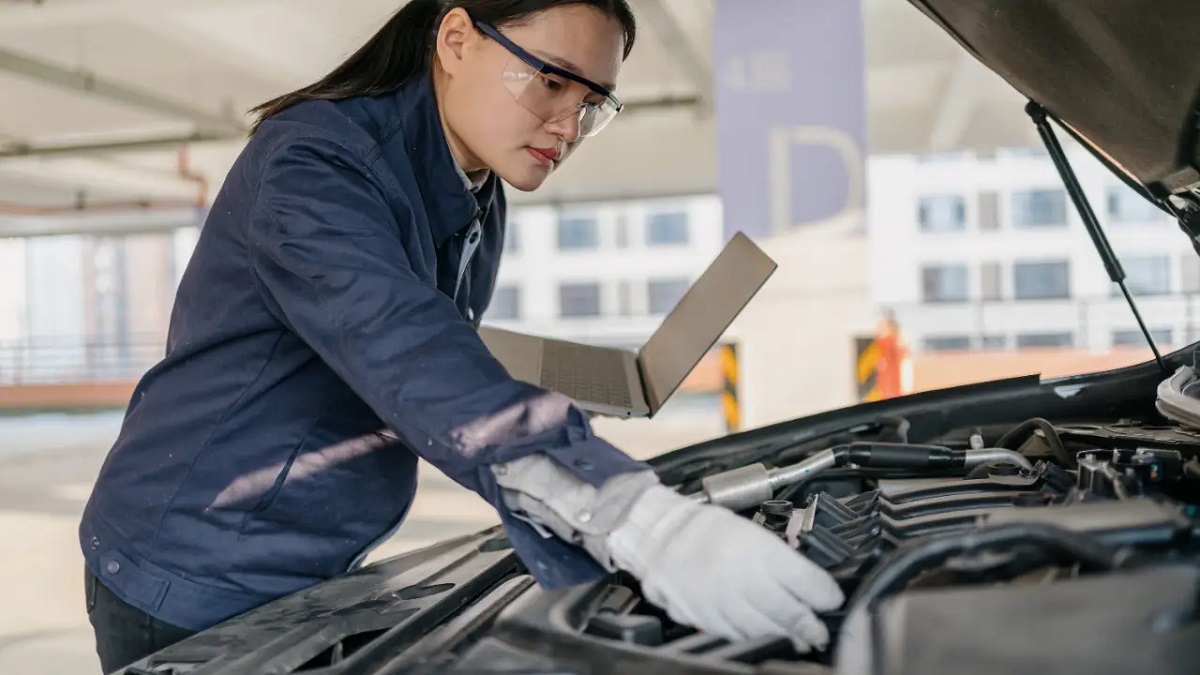


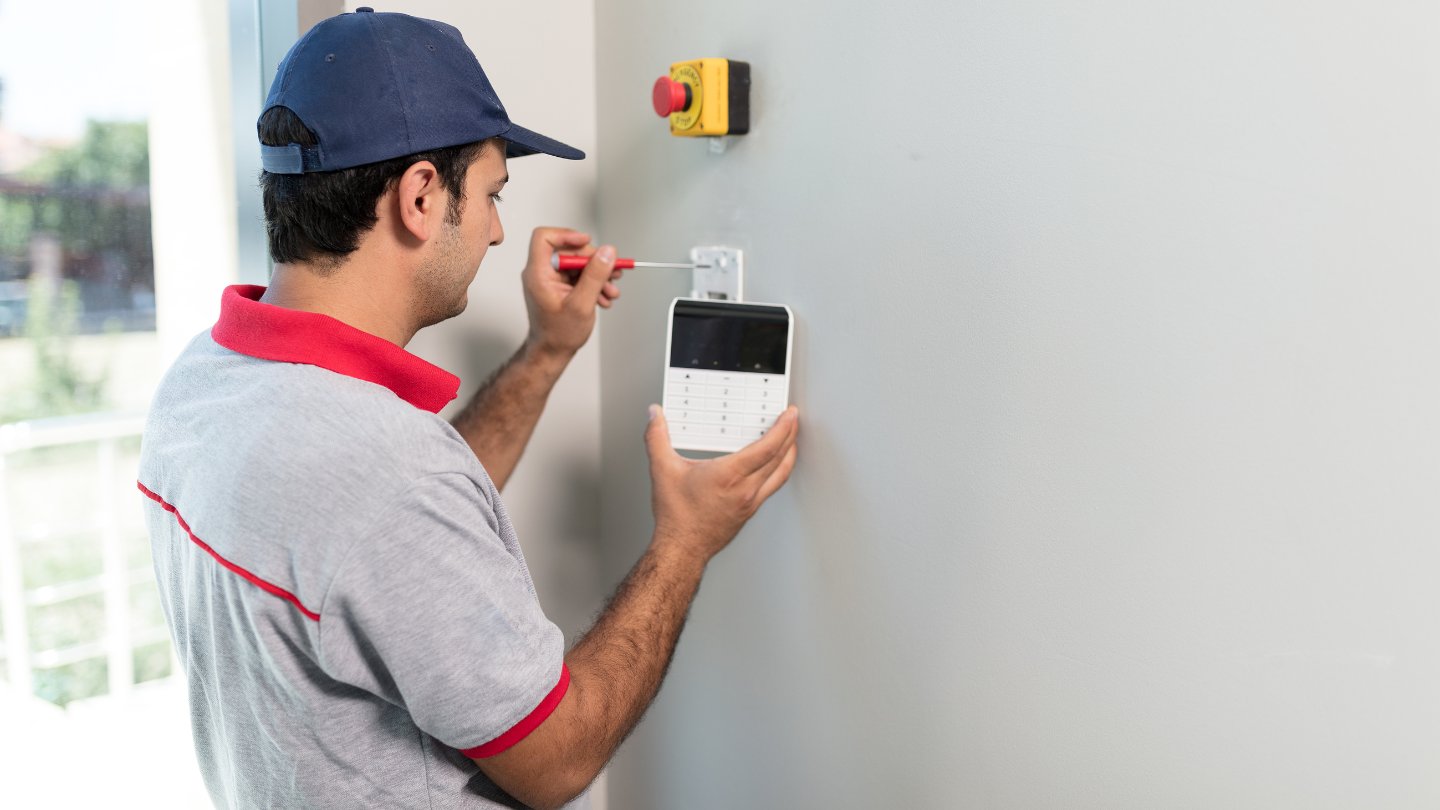
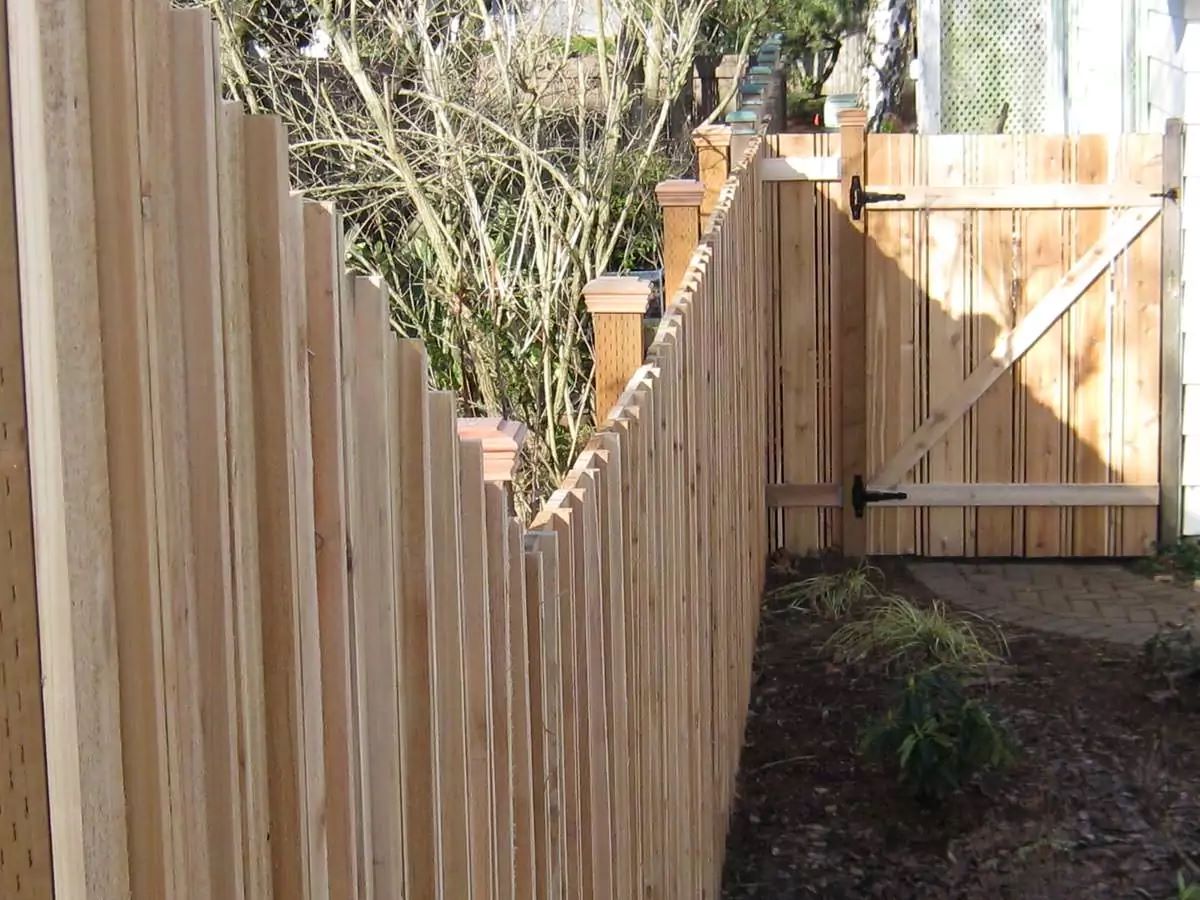



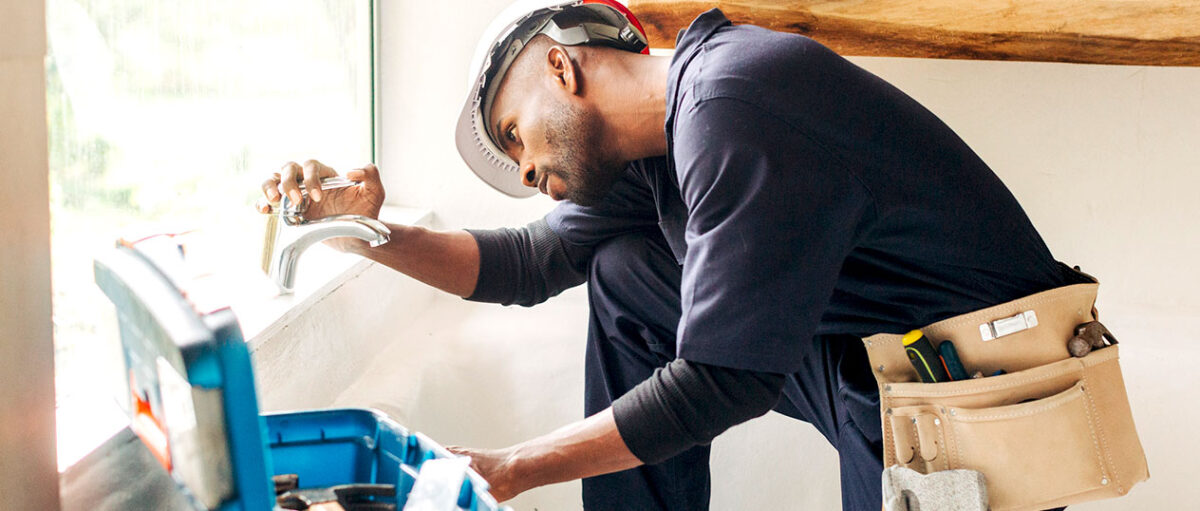
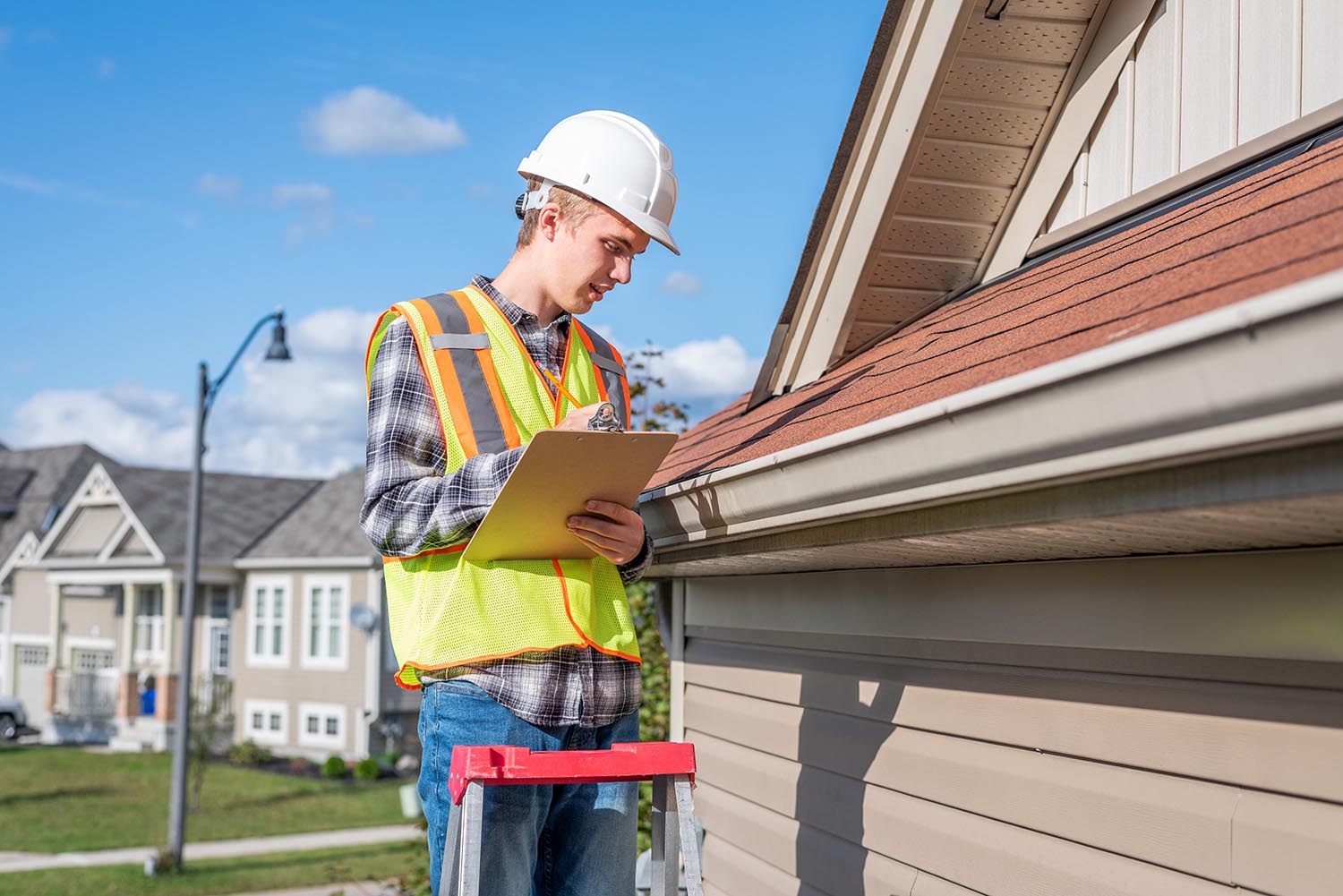
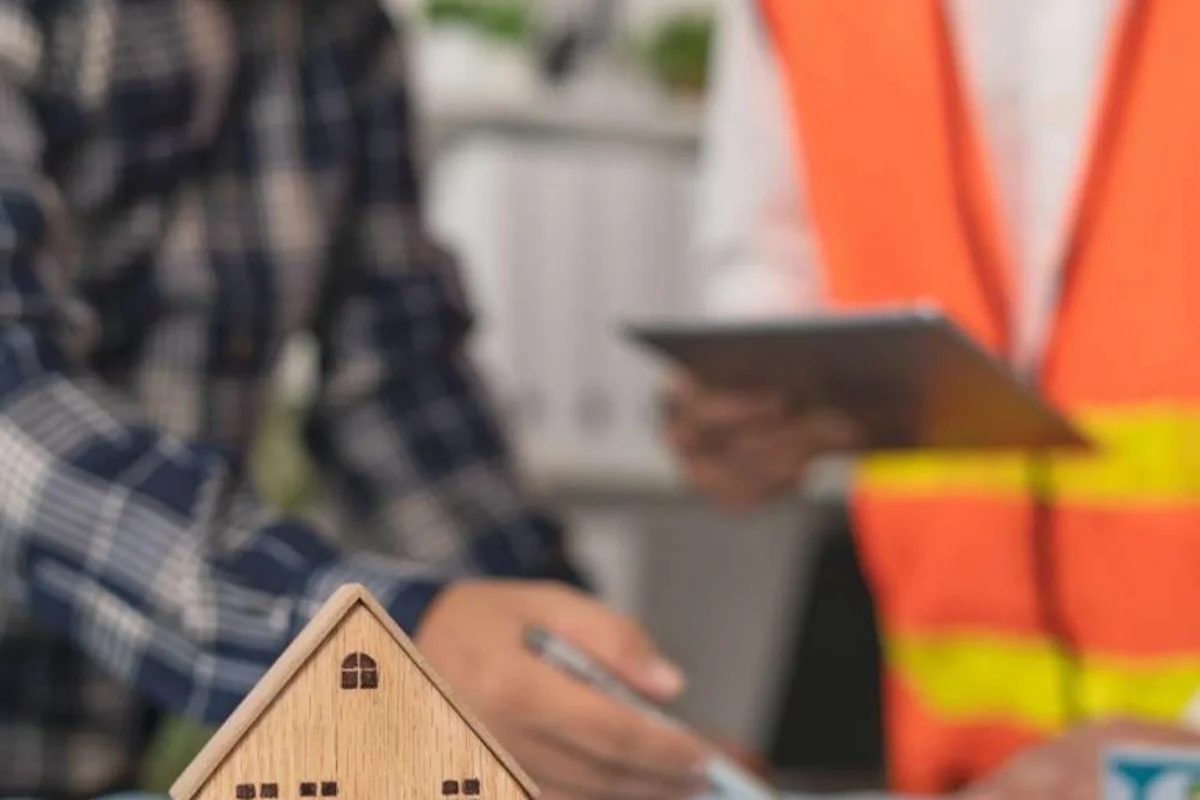
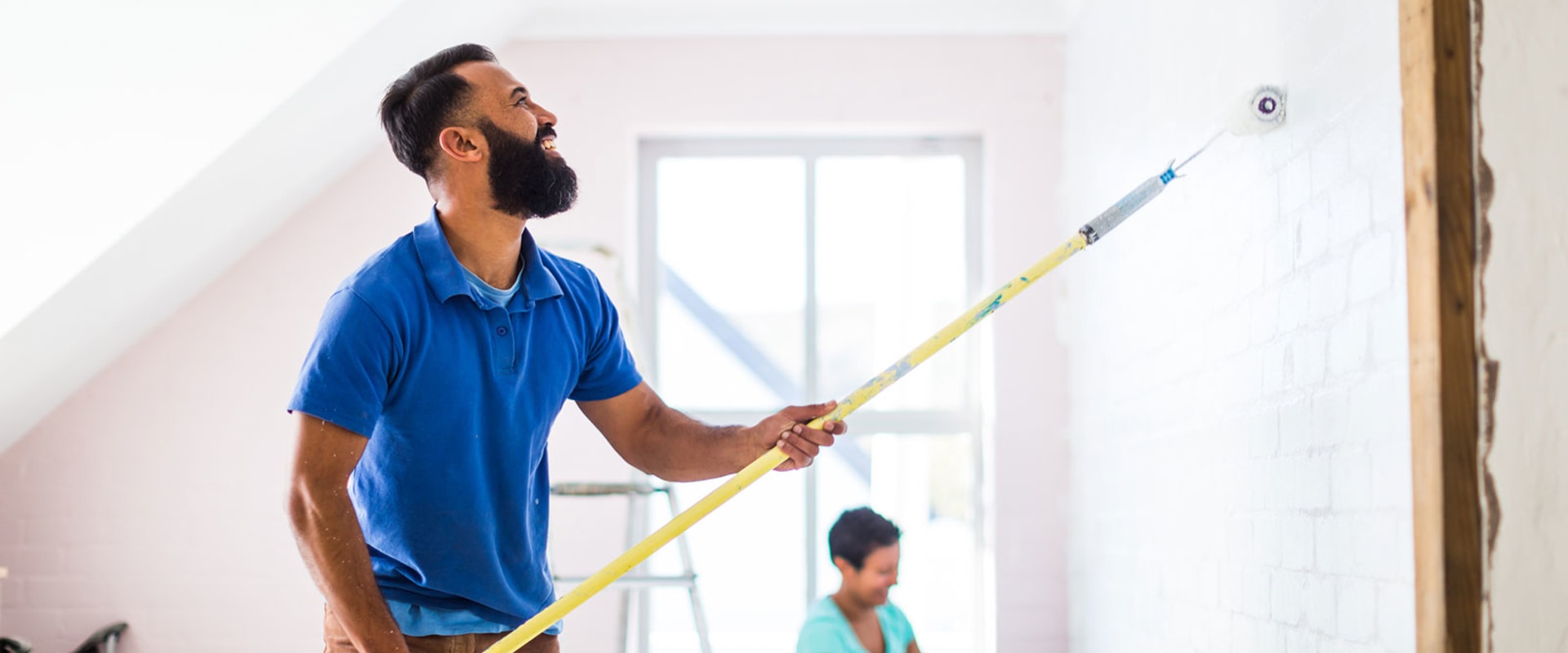
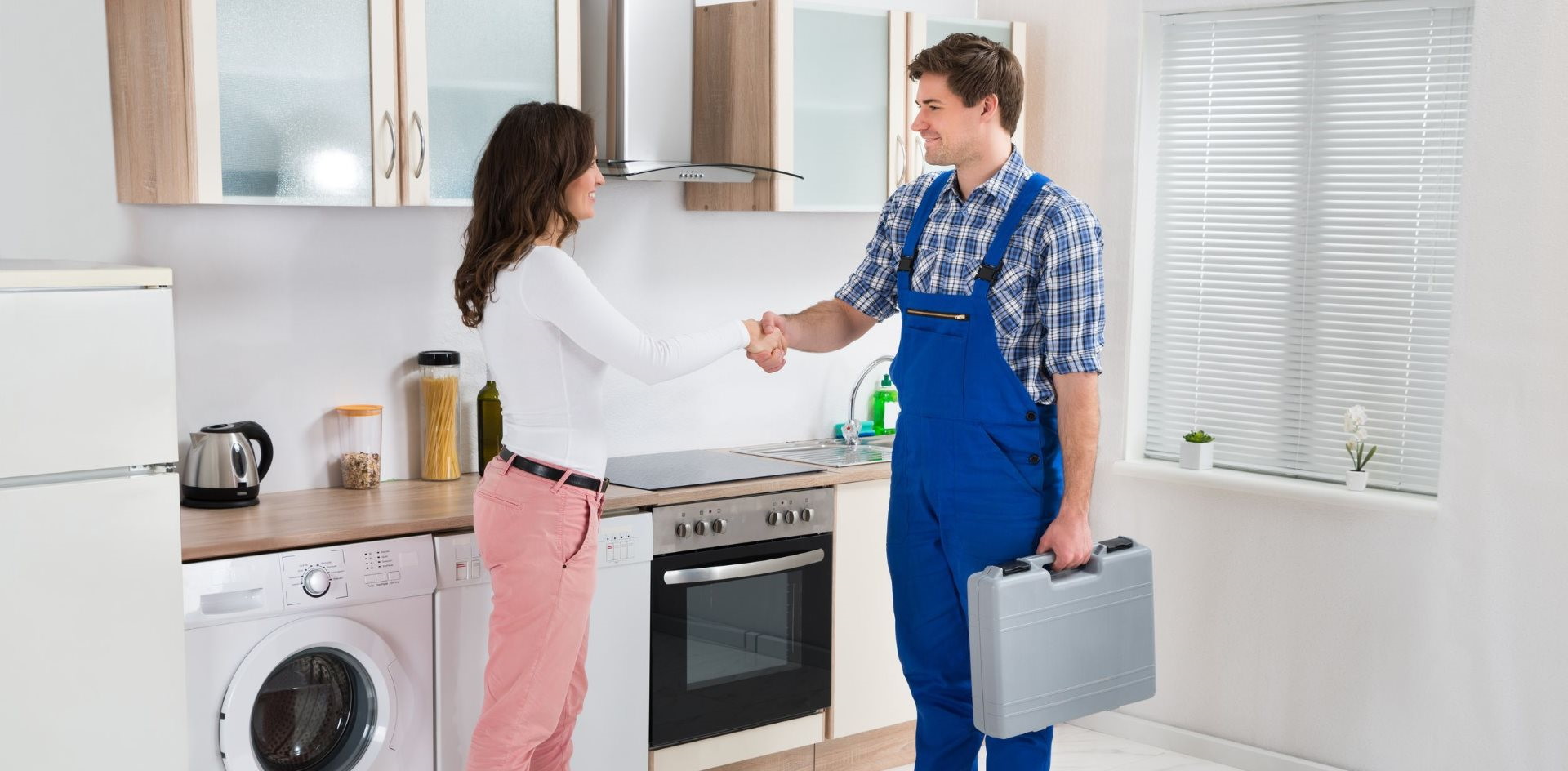


0 thoughts on “Who Should Pay For Home Upgrades The Owner Or Tenant”